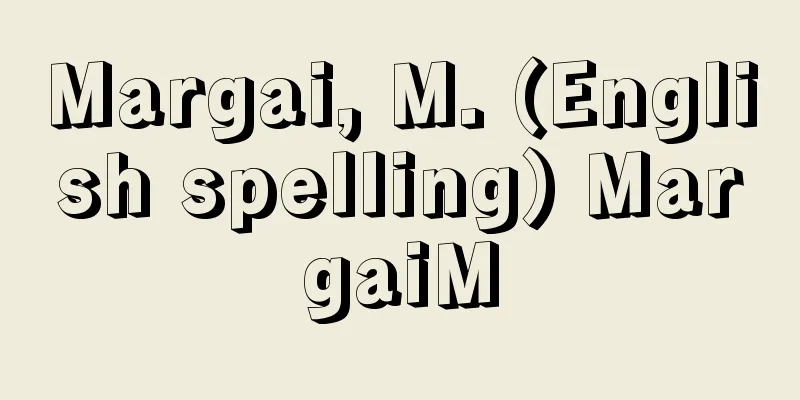Tomoo Otaguro - Otaguro Tomoo

|
Year of death: October 25, 1876 (9th year of the Meiji era) Year of birth: Tempo 5 (1834) A sonno-joi patriot and priest during the Meiji Restoration, and the supreme leader of the Shinpuren Rebellion. His given name was Yasukuni. He was the third son of Iida Kumasuke, a samurai of the Higo Domain (Kumamoto Prefecture). He lost his father at a young age and was taken in by the Ohno family at the age of 11, where he was called Tetsubei. He worked at the Edo domain's residence and initially studied Neo-Confucianism and Yangmingism, but after returning to the domain he became a disciple of Hayashi Oen and studied Shinto. In 1864 (Genji 1), he married into the Otaguro family, a shrine official at Shinkai Daijingu Shrine in Uchida Village, Ato County, and changed his name to Tomoo. In 1869 (Meiji 2), he accompanied Hayashi on a trip to Kyoto at the government's invitation, and was also present at meetings with Prince Arisugawa and Iwakura Tomomi. He returned to the domain soon after, and while preaching national studies and the idea of reverence for the gods, he gained the trust of the lower-ranking samurai. This later became the Shinpuren (Keishinto) party, and he was recommended to become its leader. In response to the issuance of the sword ban in March 1876, and the subsequent order to cut one's hair (promulgated by the prefecture) in June, the Shinpuren rose up with 170 members in the middle of the night on October 24. Of the three units, he led the main force and attacked the Kumamoto Garrison artillery barracks, burning them down and scattering the soldiers, but was seriously injured in the infantry barracks and committed suicide on Hokkezaka Hill, with the assistance of his brother-in-law, Norio Ohno. (Jun Misawa) Source: Asahi Japanese Historical Biography: Asahi Shimbun Publications Inc. About Asahi Japanese Historical Biography |
|
没年:明治9.10.25(1876) 生年:天保5(1834) 幕末維新期の尊攘派の志士,神官,神風連の乱の最高指導者。名は安国。肥後藩(熊本県)藩士飯田熊助の3男。幼いとき父を失い,11歳で大野家に引き取られ,鉄兵衛と称した。江戸藩邸に勤め,はじめ朱子学や陽明学を学ぶが,帰藩後,林桜園の門に入り神道を修める。元治1(1864)年,飽託郡内田村新開大神宮祠官太田黒家に入婿し,伴雄と改める。明治2(1869)年,政府に招かれた林の上洛に随行し,有栖川宮や岩倉具視らとの会見にも臨席した。まもなく帰藩し,国学と敬神思想を説きつつ下級士族の信望を集めるに至る。これがのちの神風連(敬神党)であり,推されて首領となる。明治9(1876)年3月の廃刀令,続く6月の断髪令(県布達)の公布に際して神風連は10月24日深夜に170人をもって決起。3隊のうち,自ら本隊を率いて熊本鎮台砲兵営を襲撃,兵舎を全焼させ,兵を四散させるが,歩兵営で重傷を負い,法華坂で義弟大野昇雄の介錯によって自刃。 (三澤純) 出典 朝日日本歴史人物事典:(株)朝日新聞出版朝日日本歴史人物事典について 情報 |
Recommend
Hyperboreoids
A legendary Greek people who lived beyond the Nort...
Jungmann, J.
…Izmail Ivanovich Sreznevskii (1812-80), author o...
hare
…They have long ears and a short tail. They consi...
Tanker - Tanker (English spelling)
It is a general term for ships that carry liquid ...
Lubbock, JW
… Newton discussed the motion of the moon in his ...
Atypical pneumonia - Ikeihaien
Please see the "Mycoplasma pneumonia" p...
Mukaishima
Located in the southeast of Hiroshima Prefecture, ...
Castillo, PRde - Castillo
...Population: 121,739 (1991), metropolitan popul...
Solpugida
…A general term for arthropods belonging to the o...
Oshima (Miyagi) - Oshima
...Miyatojima, Toyama (117m), Ogidani, and Tamony...
Mons (English spelling)
Bergen in Dutch. The capital of Hainaut province i...
Isatis
...It is a perennial Brassicaceae plant native to...
Barth, John
Born May 27, 1930 in Cambridge, Maryland. American...
The Beautiful Mill Girl
Austrian composer Franz Schubert's song cycle ...
Celebration Tree - Iwainoki
Plant. Evergreen shrub of the Myrtaceae family, ho...
![Shuho [town] - Shuho](/upload/images/67cbd421b4466.webp)








